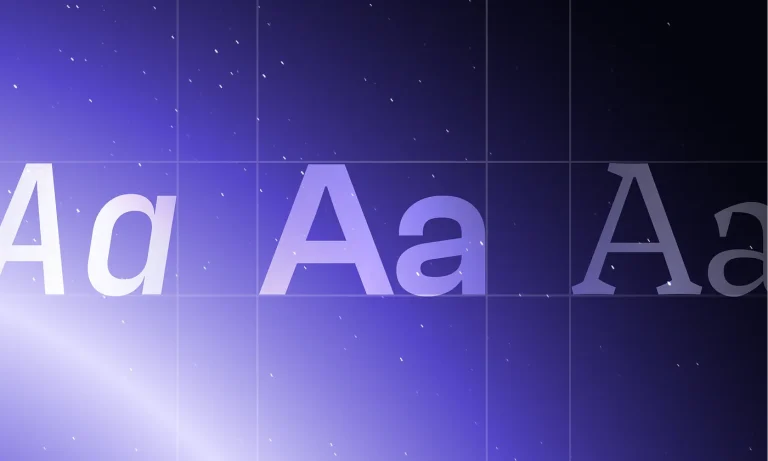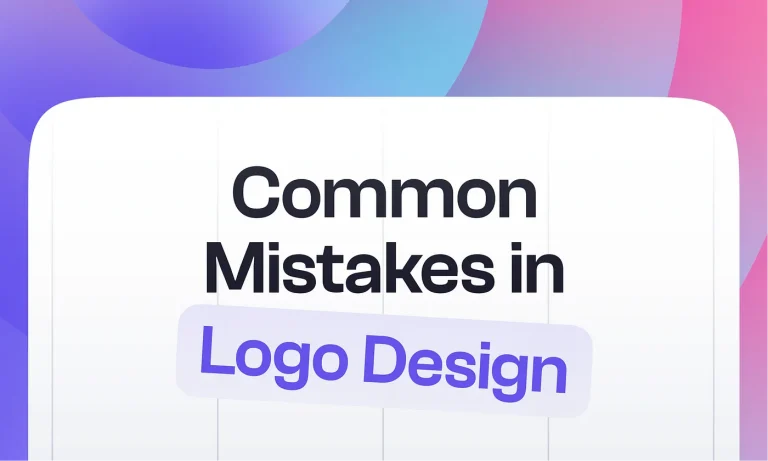UX writing is a part of UX design that includes interface texts. These include button names, descriptions for forms and various navigation elements, CTA (call to action), notifications, and error messages. Such small texts are called microcopies. They aid users in navigating the interface and accomplishing tasks, such as ordering from an online store or hailing a taxi.
In today’s article, our team will try to figure out this direction and how to dive into it correctly. Sit down comfortably, and we will begin our story. Let’s go.

A user-friendly interface should be intuitive, minimizing the need for explanations. UX writing shapes the user experience, humanizes the product, and defines its communication style, akin to the UI’s voice.
Although the texts for the interface are small and may consist of a couple of words or phrases, they should be informative. Each microcopy has its task. For example, an onboarding text introduces us to the product, engages and motivates us, and an error message explains what went wrong. Through UX writing, you can express concern for the user — suggest something, calm down or cheer up.
Through the interface, we unconsciously remember and distinguish digital products from each other. Most often, the texts in the UI are invisible and do not attract much attention, but at the same time, they give the application a “voice” by which it is easy to recognize it. UX writing is usually in tune with the brand’s tone of voice.

The author of the texts for the interface is called a UX writer. Usually, that’s a member of the UX and UI designers. And its main task is to improve the interface and user experience through texts. But microcopy editing is already the final stage of work, the result of many other processes. In UX writing, the choice of a particular word or syntactic construction is usually justified and verified.
Together with the designers, the UX writer prepares prototypes of the interface. It helps to create a visual hierarchy and information architecture to direct users’ attention along the right route. To choose a communication strategy, the UX writer examines the user audience, suggests hypotheses and tests them. Preparing texts, he relies on the company’s guidelines and brand books.
Also, the UX writer creates or replenishes a glossary of terms and expressions for the UI so that they are the same on all screens of the product. When the texts for the interface are ready, the UX writer conducts usability testing. It checks how users react to changes in the interface and whether it has become easier for them to achieve their goals.

A UX writer is a user’s guide through an application (or any other product). His task is to make sure that the user always understands where he is and where to click next. And if something went wrong and an error came out, it is available to explain what the problem is — so that the person does not rest against the “wall”.
To be a good UX writer, you must first be a good writer. You need to feel the words at all levels of meaning, and be able to present information very briefly. It is also important to delve deeply into the user’s emotional state and imagine what information they need right now.
But the biggest part of the job is the design. The difference between a UX writer and a designer is only in perspective and priorities, but most skills should be the same. Both the designer and the writer should understand interface design, be able to create a design independently if necessary, work in Sketch or Figma, and use libraries and design systems.
So, friends, we hope that this article has been useful and informative to you. As much as possible, we have simplified the terms and presentation of the material so that you can understand its essence. See you soon.
Psss, more exciting topics are coming soon on this platform. Stay tuned!









Whoa! This blog looks exactly like my old one!
It’s on a completely different topic but it has pretty much the same page layout and design. Outstanding choice of colors!
Thanks)
Happy to hear that!